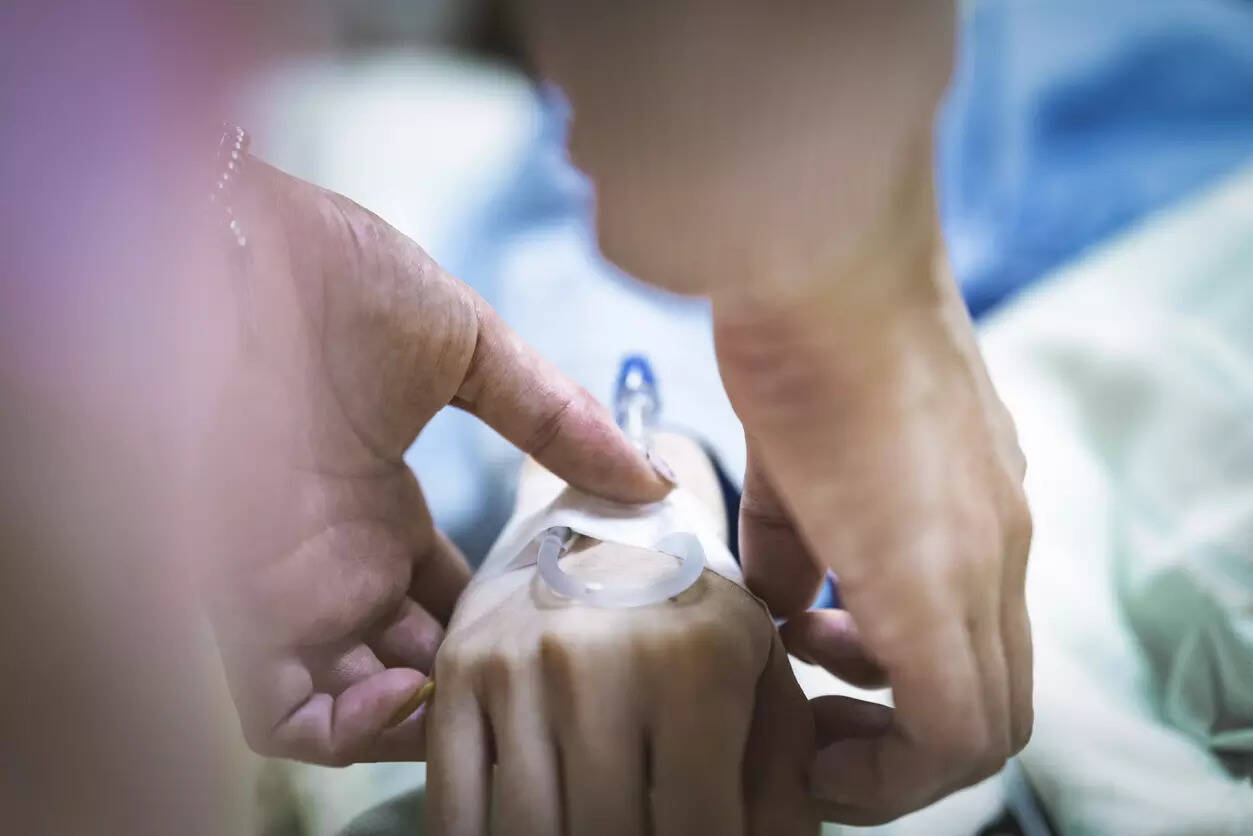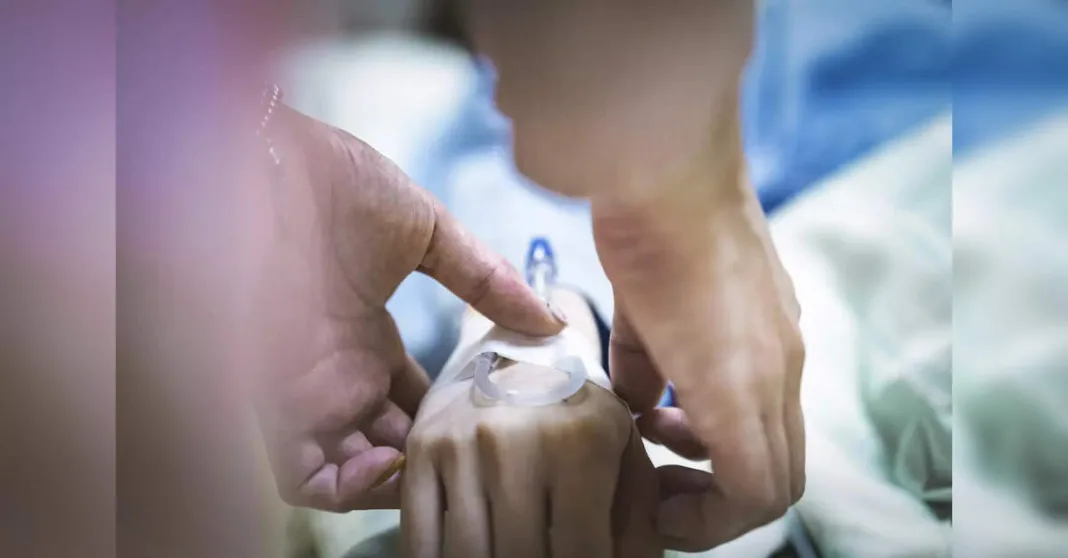
New Delhi: Bloodstream infections acquired during a hospital stay due to the use of a catheter are prevalent across ICUs in India and are often caused by microbes having a high level of antibiotic resistance, according to a study led by the All India Institute of Medical Sciences, New Delhi.
Antibiotic resistance — in which antibiotic drugs are rendered ineffective because disease-causing microbes have become immune to them — can extend one’s hospital stay and treatment costs, adding stress to a public healthcare system.
Estimates published in The Lancet Global Health journal show that on average, around nine bloodstream infection events occur every 1,000 days that a central line — a catheter inserted in a patient’s large vein instead of an intravenous line — was in place in the intensive care units (ICUs) of Indian hospitals.
‘Central line-associated bloodstream infections’, or CLABSI, are preventable infections — often acquired from a hospital environment — and significantly contribute to illness and death in low- and middle-income countries, including India.
The researchers said that tracking rates of bloodstream infections in ICUs can help countries develop preventive measures suited to a healthcare system.
However, setting up a surveillance that systematically tracks infections due to catheter use or other hospital-acquired infections calls for a significant amount of resources and is a challenge in low- and middle-income countries, including India, they said.
The team analysed data from 200 intensive care units received by the Indian Healthcare-Associated Infections (HAI) surveillance network from 54 hospitals across the country over a period of seven years.
“During the surveillance period from May 1, 2017, to April 30, 2024, 8,629 laboratory-confirmed CLABSI events, 3,054,124 patient-days and 977,052 central line-days were recorded. The overall pooled CLABSI rate was 8.83 per 1,000 central line-days,” the authors wrote.
Highest rates of bloodstream infections linked to central line catheter use were seen to occur during 2020-21, coinciding with the COVID-19 pandemic, which the researchers said may be due to overwhelmed ICUs, staff shortage and compromised infection prevention measures.
The study — first large-scale observational one, providing a standardised surveillance report of CLABSI in India — provides a valuable opportunity for a quality improvement-based approach for the reduction of CLABSI, the authors said.







